Browse Books

A Review: Chill-Block Melt Spin Technique, Theories & Applications
Mar 2012
Book
Mustafa Kamal and
Usama S. Mohammad
Rapid Solidification Processing of molten metals and alloys has proved to be a reliable route for producing new and advanced materials. The Chill-Block Melt Spin (CBMS) technique is important because its simplicity flexibility and perfection. High quality materials can be produced with lower costs as compared to other routes by refining the microstructure and trapping the nucleated (new) metastable phases. Melt-spun ribbons subsequently produced can th Read More

Rab GTPases and Membrane Trafficking
May 2012
Book
Guangpu Li and
Nava Segev
Ypt/Rab GTPases form the largest branch of the Ras-related small GTPase superfamily and regulate intracellular membrane trafficking in all eukaryotes. Since their discovery over two decades ago a wealth of information has accumulated about the roles that Ypt/Rab proteins play in vesicular transport steps including vesicle budding movement and fusion. In recent years Ypt/Rab GTPases and membrane trafficking have been discovered to play an impo Read More
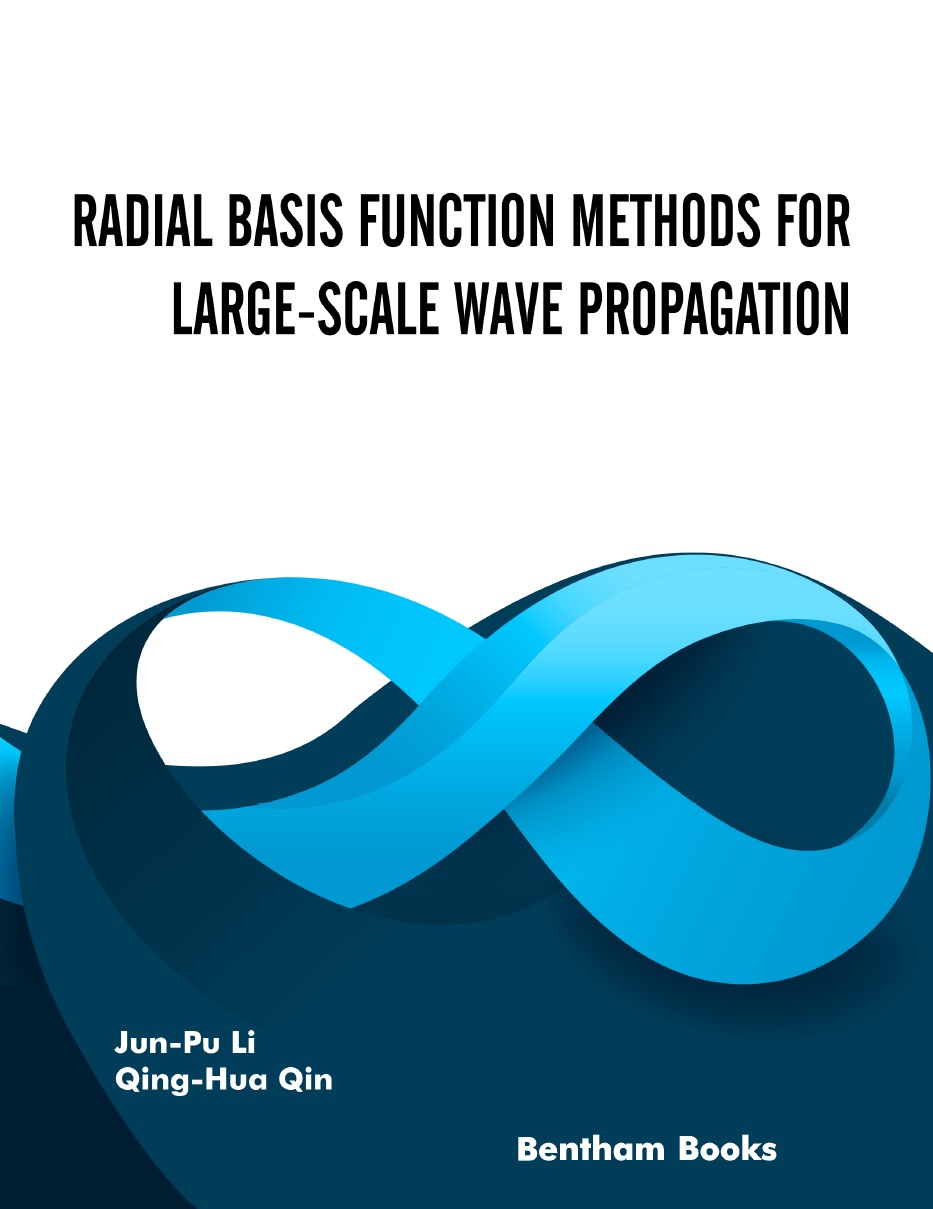
Radial Basis Function Methods For Large-Scale Wave Propagation
Dec 2021
Book
This book details the development of techniques and ideas from the radial basis function. It begins with a mathematical description of the basic concept of radial function method with chapters progressively delving into the derivation and construction of radial basis functions for large-scale wave propagation problems including singularity problems high-frequency wave problems and large-scale computation problems. This reference written by experts i Read More

Radiation Processes in Crystal Solid Solutions
Apr 2012
Book
Radiation Processes In Crystal Solid Solutions is a monograph explaining processes occurring in two classes of crystal solids (metal alloys and doped alkali halides) under irradiation by various types of radiation (alpha beta gamma X-radiations ions). While metal alloys may differ in high radiation stability solid solutions based on alkali halides are very radiation-sensitive materials. Radiation defect production mechanisms intrinsic and extrinsic radiation de Read More

Rare Animals of India
Apr 2013
Book
Natarajan Singaravelan
Rare Animals of India is a unique book that presents the biological and ecological accounts of the least known animal species of India in one comprehensive volume. The book gives comprehensive ecological accounts supported with data tables on rare and specific animal species of India and discusses the basis for their rarity for their conservation. It includes information about the Indian Gharial (Gavialis gangeticus) the endangered Forest Owlet (Heterogl Read More
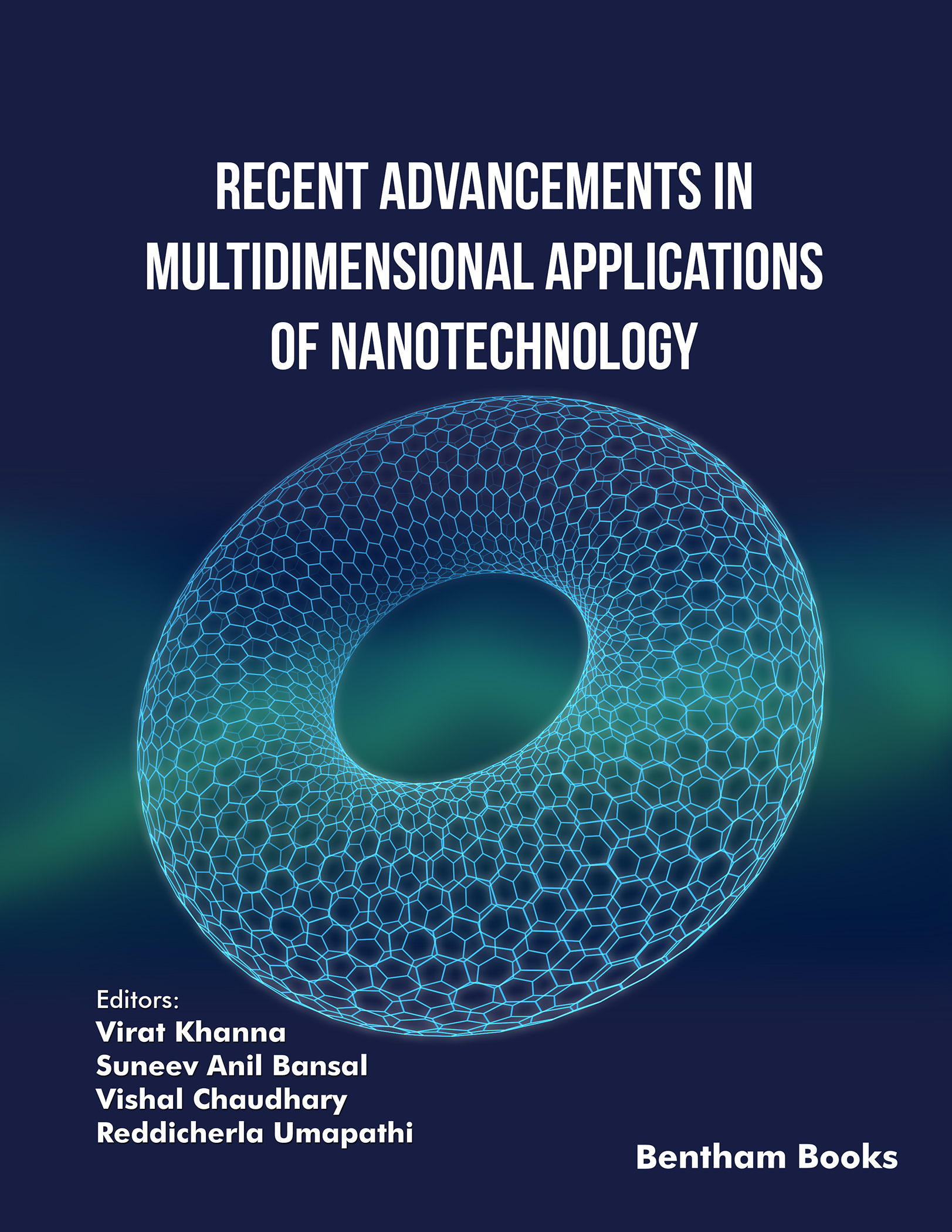
Recent Advancements in Multidimensional Applications of Nanotechnology: Volume 1
Jul 2024
Book
Virat Khanna,
Suneev Anil Bansal,
Vishal Chaudhary and
Reddicherla Umapathi
Recent Advancements in Multidimensional Applications of Nanotechnology provides a comprehensive overview of the latest advancements and applications of nanotechnology across various dimensions. Covering a wide range of topics from electron microscopy to nanotherapeutic strategies the book explores the diverse applications of nanotechnology in industries and research fields. Key Features: Comprehensive Coverage: Gain insights into electron micro Read More

Recent Advances Towards Improved Phytoremediation of Heavy Metal Pollution
Nov 2013
Book
David W.M. Leung
Heavy metal pollution represents a global challenge to both public health and environmental sustainability. Any means to reduce heavy metal pollution in the environment is of considerable economic significance. The use of green plants to clean up heavy metal pollution is an environmentally friendly as well as a low-cost approach to the problem. This plant-based biotechnology is commonly known as 'phytoremediation'. Presently there is limited application Read More
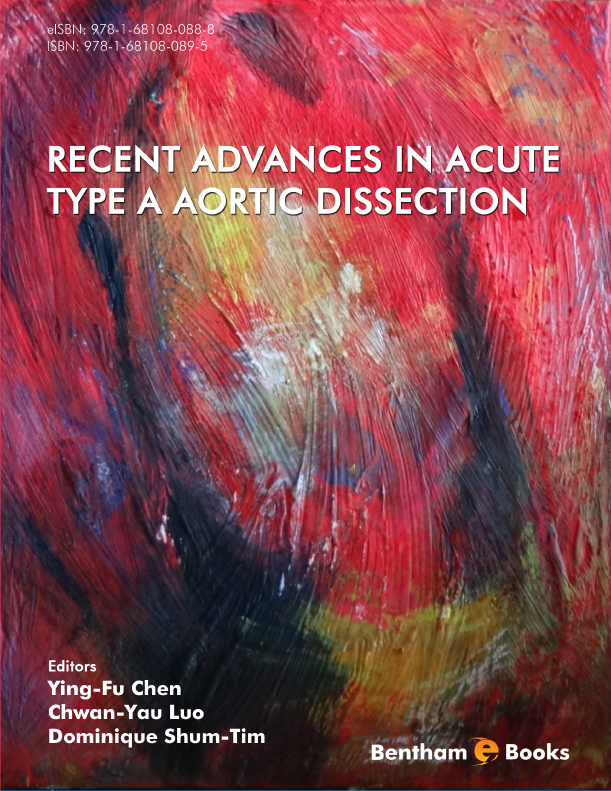
Recent Advances in Acute Type A Aortic Dissection
Jul 2015
Book
Ying Fu Chen,
Chwan Yau Luo and
Dominique Shum-Tim
Type A acute aortic dissection (TAAAD) is an acute cardiovascular condition that is normally associated with genetic conditions such as Marfan Syndrome but it can also occur in patients with no known predisposing risk factors. TAAD is associated with extremely high mortality (over 20% of documented cases in medical literature) if not addressed on time. Surgical management of TAAAD also varies tremendously depending on the causative pathology. Tec Read More
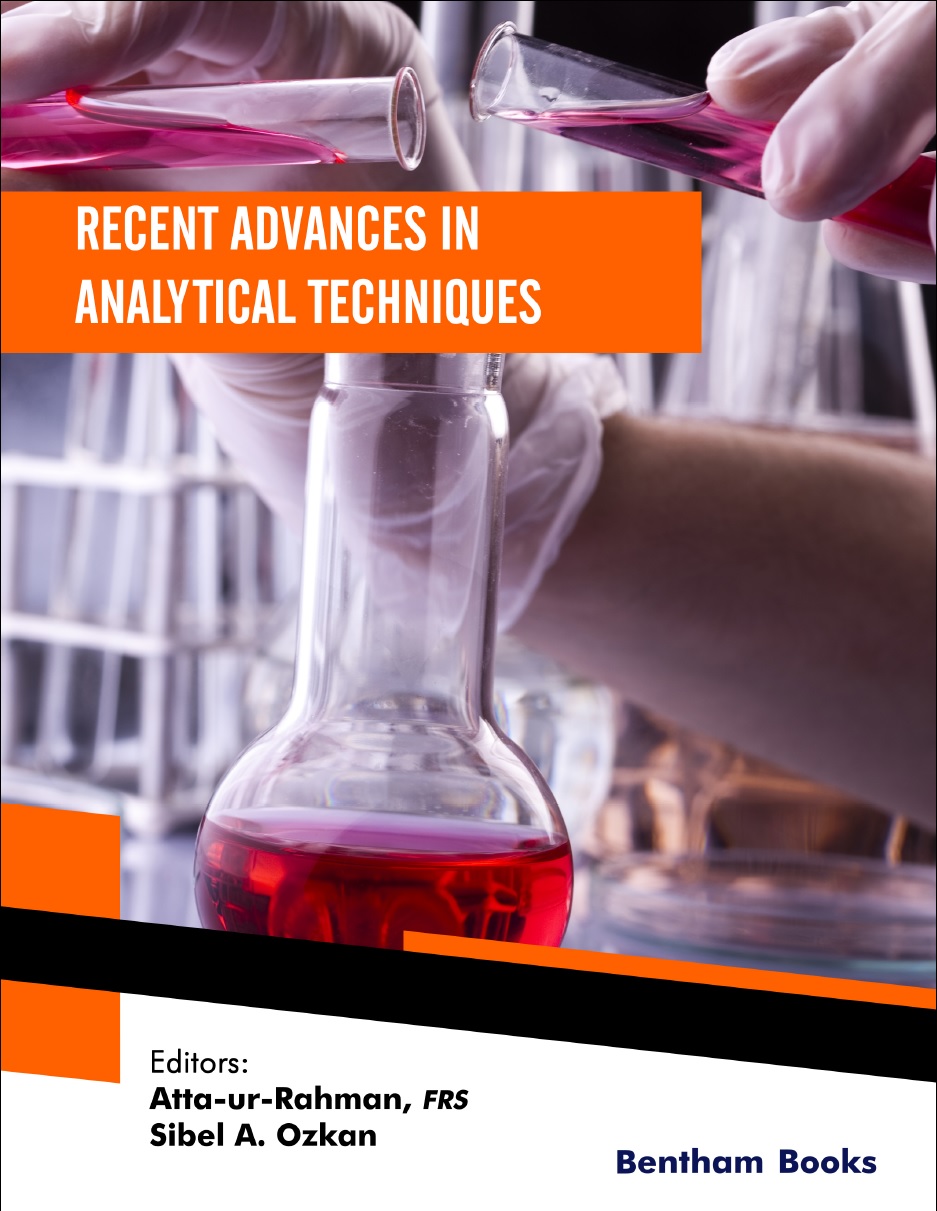
Recent Advances in Analytical Techniques
Jan 2022
Book
Atta-ur-Rahman and
Sibel A. Ozkan
Recent Advances in Analytical Techniques is a series of updates in techniques used in chemical analysis. Each volume presents a selection of chapters that explain different analytical techniques and their use in applied research. Readers will find updated information about developments in analytical methods such as chromatography electrochemistry optical sensor arrays for pharmaceutical and biomedical analysis. The fifth volume of the series feature Read More

Recent Advances in Biomedical Signal Processing
Mar 2012
Book
Juan Manuel Grriz,
Elmar W. Lang and
Javier Ramrez
Biomedical signal processing is a rapidly expanding field with a wide range of applications from the construction of artificial limbs and aids for disabilities to the development of sophisticated medical imaging systems. Acquisition and processing of biomedical signals has become more important to the physician. The main reasons for this development are the growing complexity of the biomedical examinations the increasing necessity of comprehensive do Read More
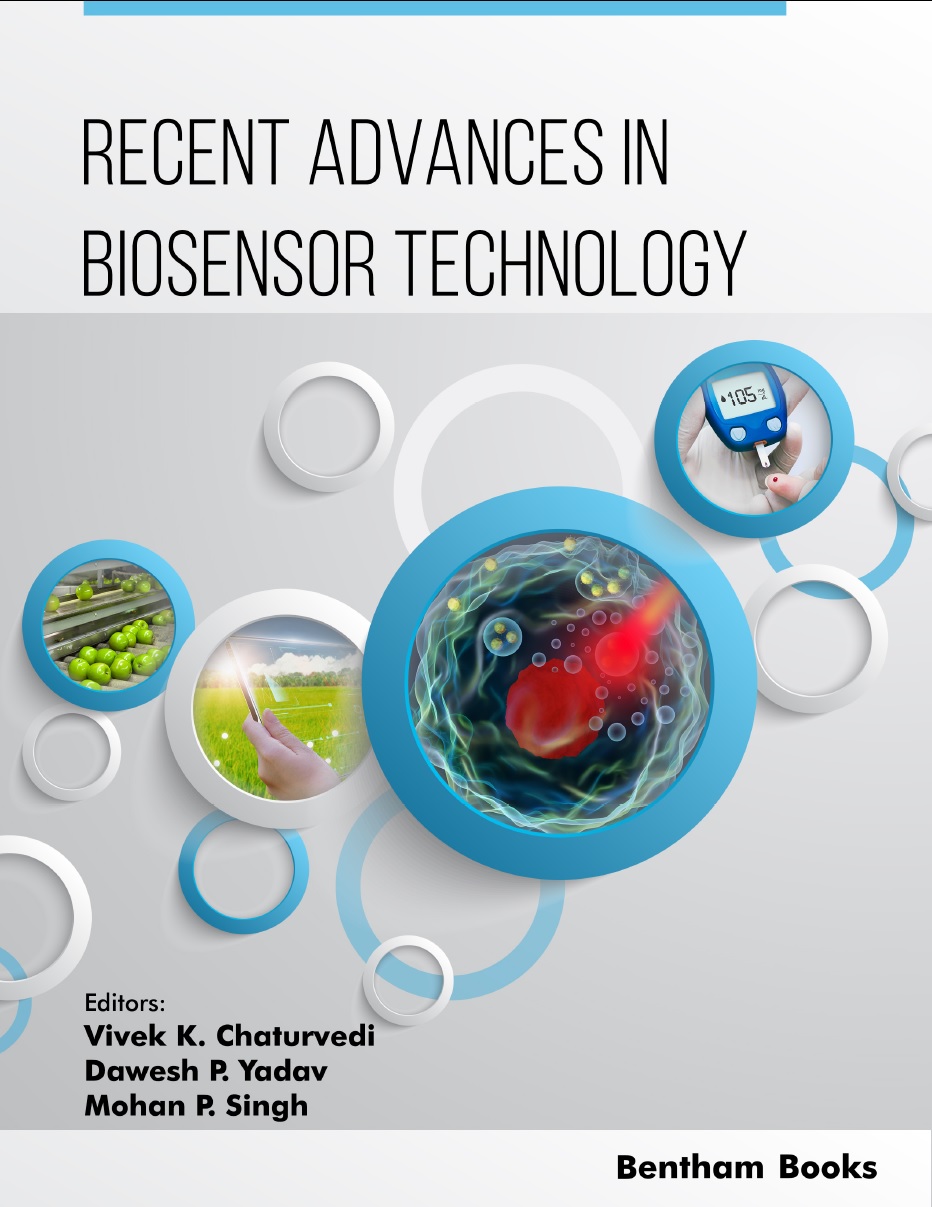
Recent Advances in Biosensor Technology: Volume 1
Apr 2023
Book
Vivek K. Chaturvedi,
Dawesh P. Yadav and
Mohan P. Singh
Recent Advances in Biosensor Technology: Volume 1 is a comprehensive guide to the latest developments in biosensor technology written by experts in the bioengineering and biosensor development. The book is an essential resource for researchers and biomedical engineers interested in the latest developments in biosensor technology. It covers a wide range of topics including nanomaterials for biosensing applications carbon-based nanomat Read More
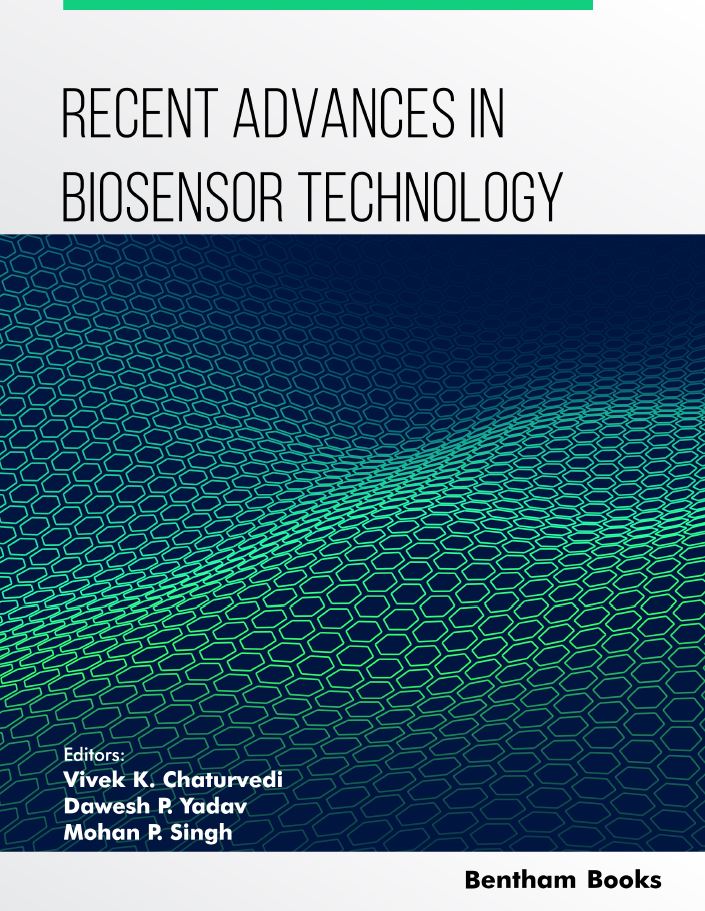
Recent Advances in Biosensor Technology: Volume 2
Sep 2023
Book
Vivek K. Chaturvedi,
Dawesh P. Yadav and
Mohan P. Singh
Recent Advances in Biosensor Technology (Volume 2) is a comprehensive guide to the latest developments in biosensor technology written by experts in bioengineering and biosensor development.The book is an essential resource for researchers and biomedical engineers interested in the latest developments in biosensor technology. The volume covers the applications of biosensors in different fields.It features 9 chapters that cover key themes in this ar Read More
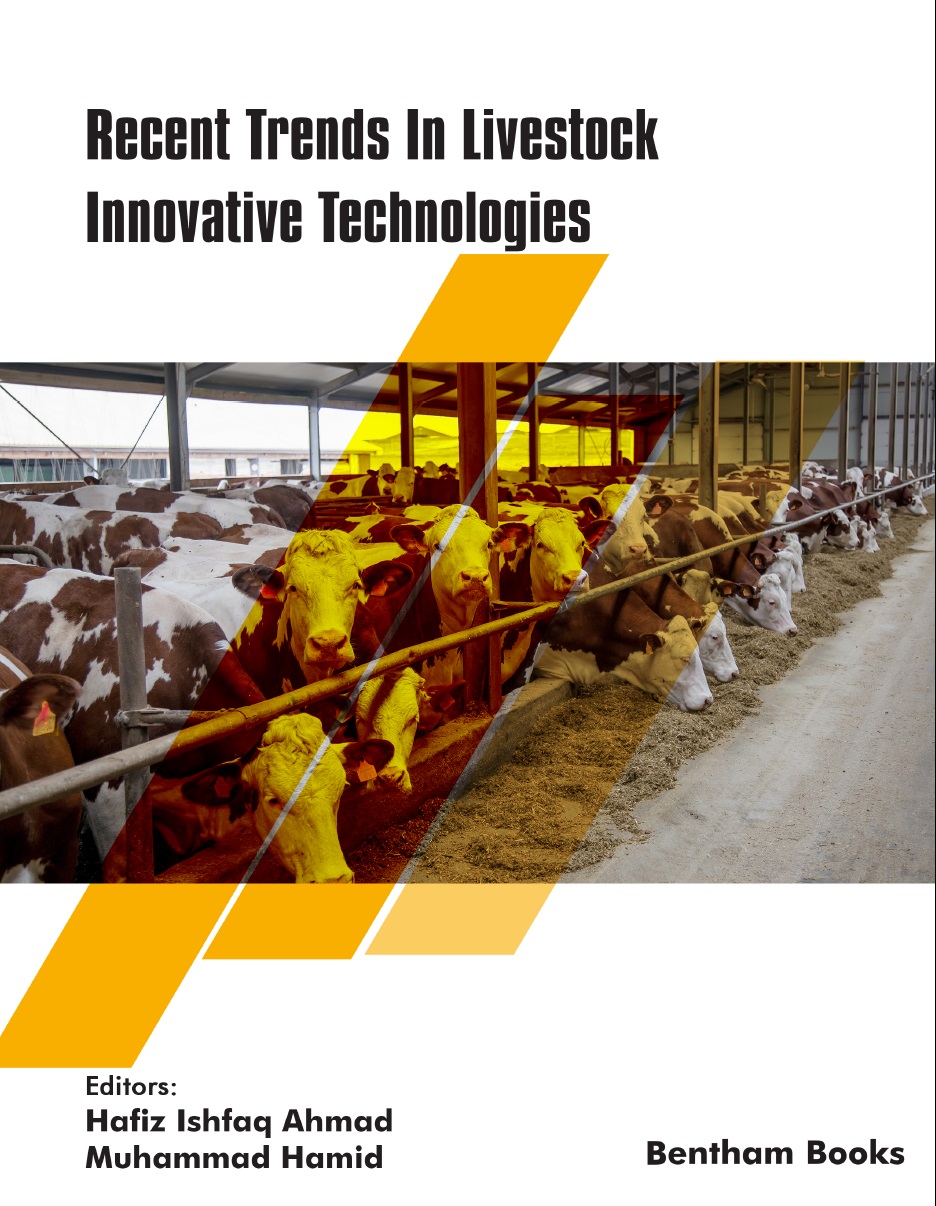
Recent Advances in Biotechnology
Recent Trends In Livestock Innovative Technologies
Jul 2023
Book
Hafiz Ishfaq Ahmad and
Muhammad Hamid
Recent Trends in Livestock Innovative Technologies explores the most recent developments and developing trends in the livestock farming industry. The book delves into the application of innovative technologies in various aspects of livestock production management and health through edited chapters. The book starts with an outline of the difficulties the livestock sector faces and the necessity for technological solutions to these difficulties. Subsequent cha Read More

Recent Advances in Insects and Other Arthropods
May 2012
Book
Muhammad Tufail and
Makio Takeda
Recent molecular studies have revealed an overwhelming role of hemolymph proteins and functional peptides in invertebrate physiology. This is mainly due to the large assortment of biomolecular factors each with a different structure and function. In addition there is a multitude of genes encoding for hemolymph proteins and functional peptides. Hemolymph proteins and functional peptides: Recent Advances in Insects and other Arthropods eluci Read More
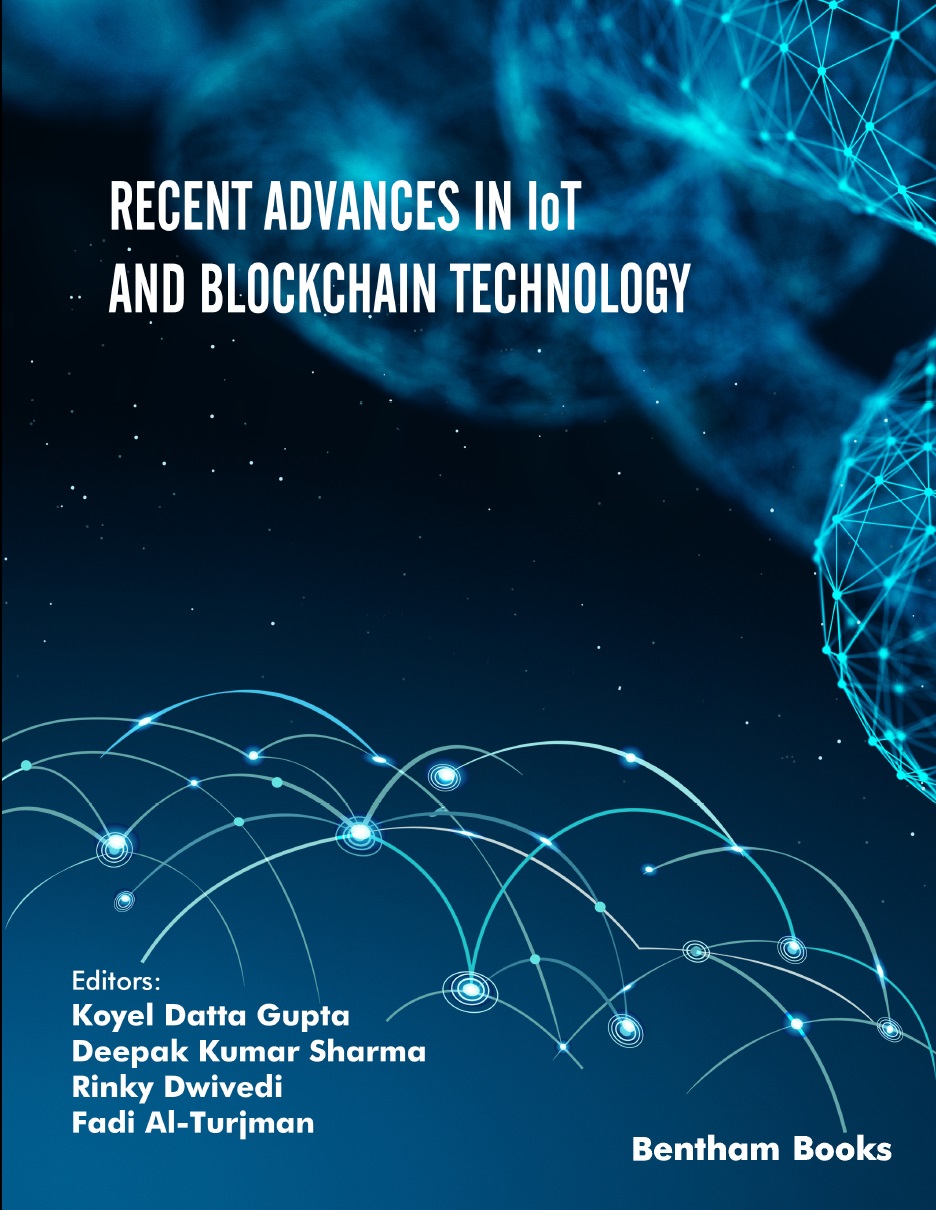
Recent Advances in IoT and Blockchain Technology
Jul 2022
Book
Koyel Datta Gupta,
Deepak Kumar Sharma,
Rinky Dwivedi and
Fadi Al-Turjman
Blockchain whether public or private is capable enough to maintain the integrity of transactions by decentralizing the records for users. Many IoT companies are using blockchain technology to make the world a better-connected place. Businesses and researchers are exploring ways to make this technology increasingly efficient for IoT services. This volume presents the recent advances in these two technologies. Chapters explain the fundamentals of Read More
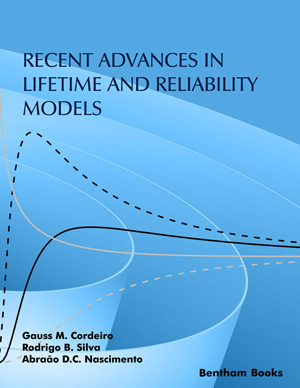
Recent Advances in Lifetime and Reliability Models
Apr 2020
Book
Introduction: Mathematicians and statisticians have made significant academic progress on the subject of distribution theory in the last two decades and this area of study is becoming one of the main statistical tools for the analysis of lifetime (survival) data. In many ways lifetime distributions are the common language of survival dialogue because the framework subsumes many statistical properties of interest such as reliability entropy and maximum lik Read More
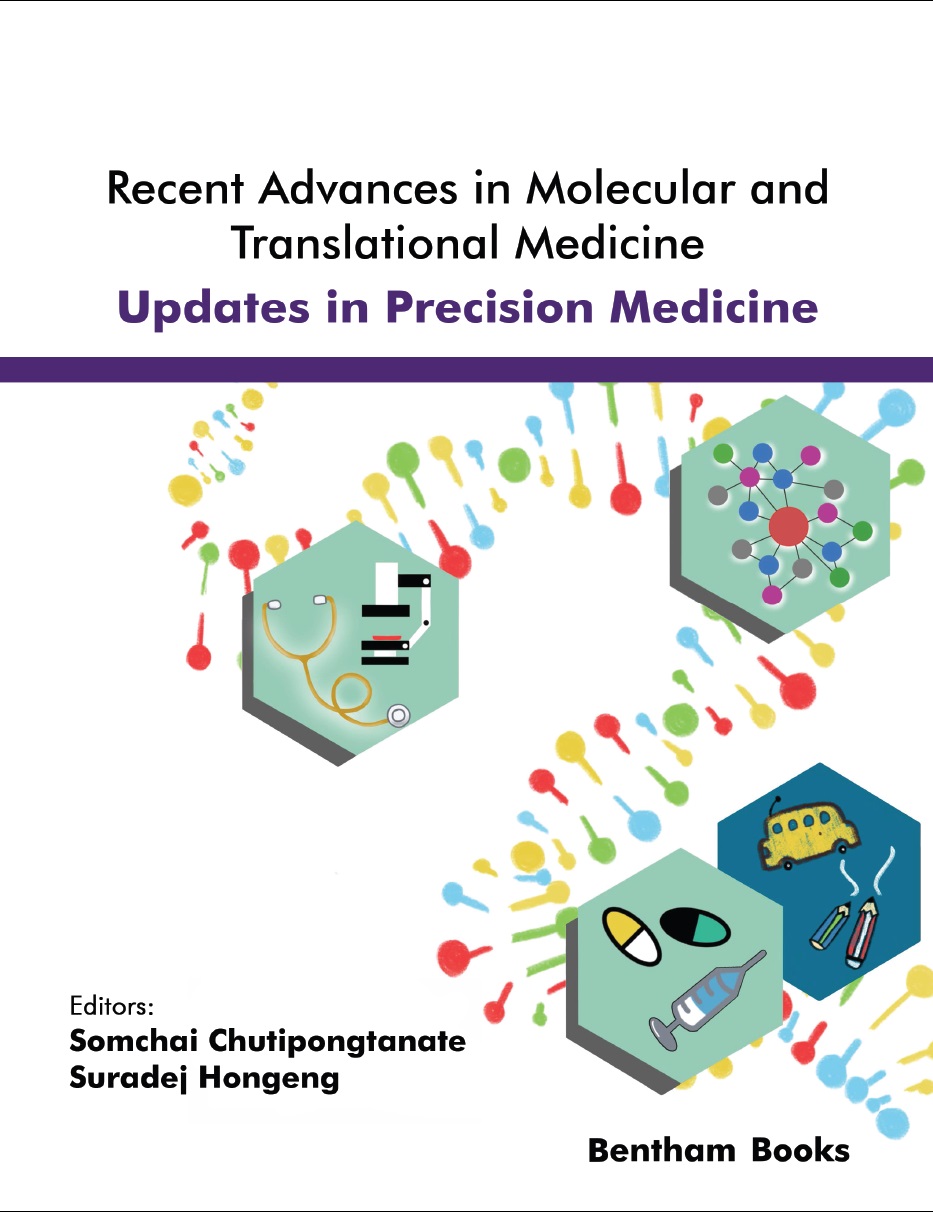
Recent Advances in Molecular and Translational Medicine: Updates in Precision Medicine
Dec 2021
Book
Somchai Chutipongtanate and
Suradej Hongeng
Precision medicine is a disruptive innovation with a fast-evolving pace in the healthcare ecosystem. Precision medicine enables precise diagnosis and targeted treatment by considering individual variability in the abnormalities of causative genes and molecular drivers behind biochemical mechanisms. A vast amount of data created by advanced omics technologies is a foundation of precision medicines success and the implications of the findings from Read More
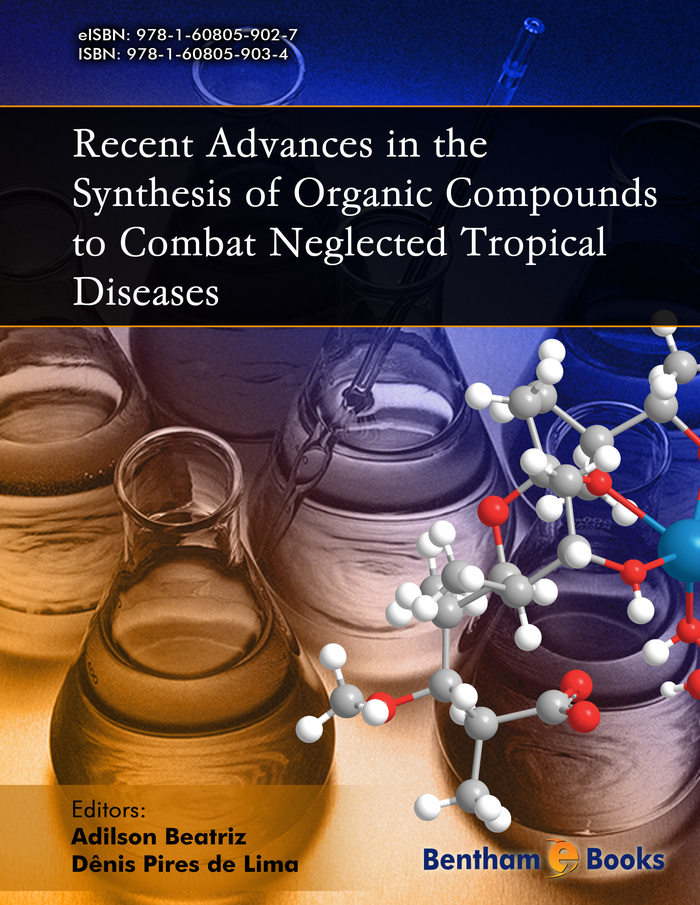
Recent Advances in the Synthesis of Organic Compounds to Combat Neglected Tropical Diseases
Aug 2014
Book
Adilson Beatriz and
Dnis Pires de Lima
The World Health Organization (WHO) has reported 14 diseases that are occurring exclusively in tropical areas. Most of these diseases are infectious and mainly affect poor populations. Some of these diseases include malaria dengue fever leishmaniasis and Chagas disease. Therefore an acute need for increasing the arsenal of drugs is required to fight against these neglected diseases for the guaranteed recovery and relief of many patients. This Read More
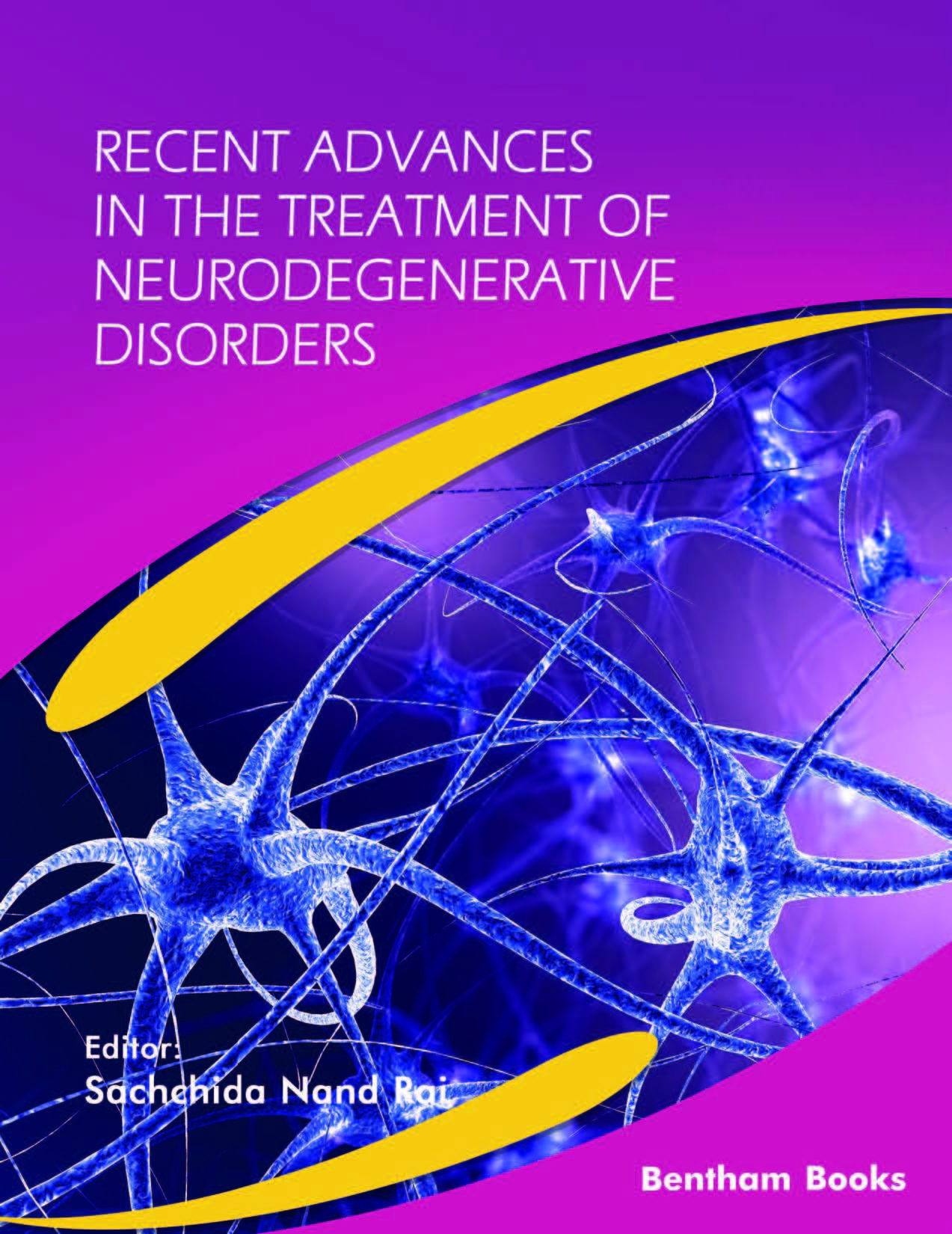
Recent Advances in the Treatment of Neurodegenerative Disorders
Apr 2021
Book
Sachchida Nand Rai
Researchers have tried various effective treatments that prevent the progressive neurodegeneration of neurons within the brain. Parkinson's disease (PD) Alzheimer's disease (AD) and Multiple sclerosis (MS) are some of the most common neurodegenerative diseases (NDDs). Recent Advances in the Treatment of Neurodegenerative Disorders provides interesting updates on treatments of these neurological disorders. Ten chapters have been contributed b Read More

Recent Developments in Artificial Intelligence & Communication Technologies
Sep 2022
Book
Vikash Yadav,
Parashu Ram Pal and
Chuan Ming Liu
This book is a review of recent artificial intelligence approaches initiatives and applications in engineering and science fields. It features contributions that highlight the use of techniques such as machine learning mining engineering modeling and simulation and fuzzy logic methods in the fields of communication networking and information engineering. The collection of chapters should inspire scholars involved in theoretical and applied sciences to contribu Read More
No more items...
